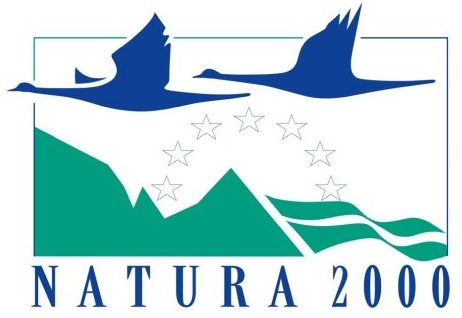Why we do it
Why we do it
In general:
Habitat loss and low breeding is considered to be the critical threat and limited factor for both of the project target species – the Great Bustard (Otis tarda) and the Red-footed Falcon (Falco vespertinus).Their breeding populations are not evenly distributed in the Central European region, but are rather concentrated in only a few places at varying numbers. Thus the stability of the European population of both species is the greater, the more stabilized small populations exist.The current situation, where virtually the entire core of the European population is concentrated inone or only several regions, increases its vulnerability. Re−colonization from other areas is not possible due to relatively long distance. In order to preserve the species and maintain the genetic structure, it is important to establish/maintain as many viable populations as possible that are interconnected or where connection is achievable.Disruption of interconnection of populations is one of the most common reasons for their extinction. It is essential to maintain the continuity of breeding to maintain the population. After the breeding population disappears, the recovery becomes more difficult the longer the nesting is not recorded. There is a relatively short time without breeding sufficient for a complete disappearance of the population.To optimize the conservation efforts, it is necessary to focus the highest attention to the natural, resp. historical breeding and foraging habitats. Therefore, the project is focused to prevent extinction and support long-term growth of population of both species in SK-HU-AT region, what is at the same time the western border of distribution for breeding population of both species in Central Europe.
In Slovakia:
SKCHVU029 Sysľovské polia is the last known site in Slovakia, where the occurrence of Red-footed Falcon was continuous in the breeding period. Until 2019 it was the last known breeding site of the species in the country. One solitary breeding pair was recorded in 2019 in Trnava region after 40 years. Although the present SDF form of SKCHVU029 informs about 5 − 20 pairs of the Red-footed Falcon, the population was almost extinct in 2012 with no successful breeding pair. In 2020 16 pairs were recorded so far with successful breeding with low nr. of juveniles (40 estimated) comparing to 2019 (73).
In case of Great Bustard the situation at SKCHVU029 is similar. The current SDF includes 3 − 5 breeding hens.Anyway between 2012 and 2016 no breeding was recorded. In 2018 4 breeding attempts were estimated with an unknown result. In 2020 no breeding female was observed. SKCHVU029 is the last known site where the species regularly occurs in breeding period in Slovakia.SKCHVU029 is characteristic by intensive farming on 95 % of the land with heavy use of pesticidesand chemical fertilizers at present. Also, several windbreaks are in unfavorable status due to intensive use of chemicals. Thus the population of both target species suffer from low availability of prey, unfavorable natural breeding conditions. Another problem in SKCHVU029 is the illegal entrance of visitors, resulting in disturbance.In 2020, 450-500 individuals of Great Bustard were recorded during winter census in the AT−HU−SK border area with majority of individuals often recorded on SK side.
In Hungary:
On HUFH10004 Mosoni Sík the proportion of grasslands is very low, 0−5 Red-footed Falcon try to find prey on intensively farmed arable land. Therefore, the breeding success is very low (0−2 chicks/nest). The natural breeding opportunities also decreased as a consequence of crow hunting.HUFH10004 is presently the only Great Bustard habitat in the Little Hungarian Plain. At the time of designation this site was included in the SPA as the most important habitat of the species. Proper grassland management in the future and establishment of suitable breeding and feeding habitats is crucial for the conservation of a stable population.On HUFH10001 Fertő tó the situation with land-use is similar. For a long time, Red-footed Falcon was not breeding in the area. Individuals on migration were regular. In the last 5 years, 1−8 pairs are recorded.With the support of appropriate feeding grounds and nest boxes, regular, stable breeding populationcan be established.The natural connection between the western border population of Red-footed Falcon and the core breeding area in HU is potentially available through SPAs HUDI10005 Sárvíz völgye and HUDI10007 Velencei-tó és Dinnyési-Fertő. Unfortunately, lack of natural nesting sites in these habitats limits the recolonization process. While Red-footed Falcon is not listed in the SDF of these SPAs, from 2016 breeding attempts were regularly recorded in HUDI10005 and the recolonization process resulted in the establishment of a small breeding population of 5-8 pairs in the last years.






